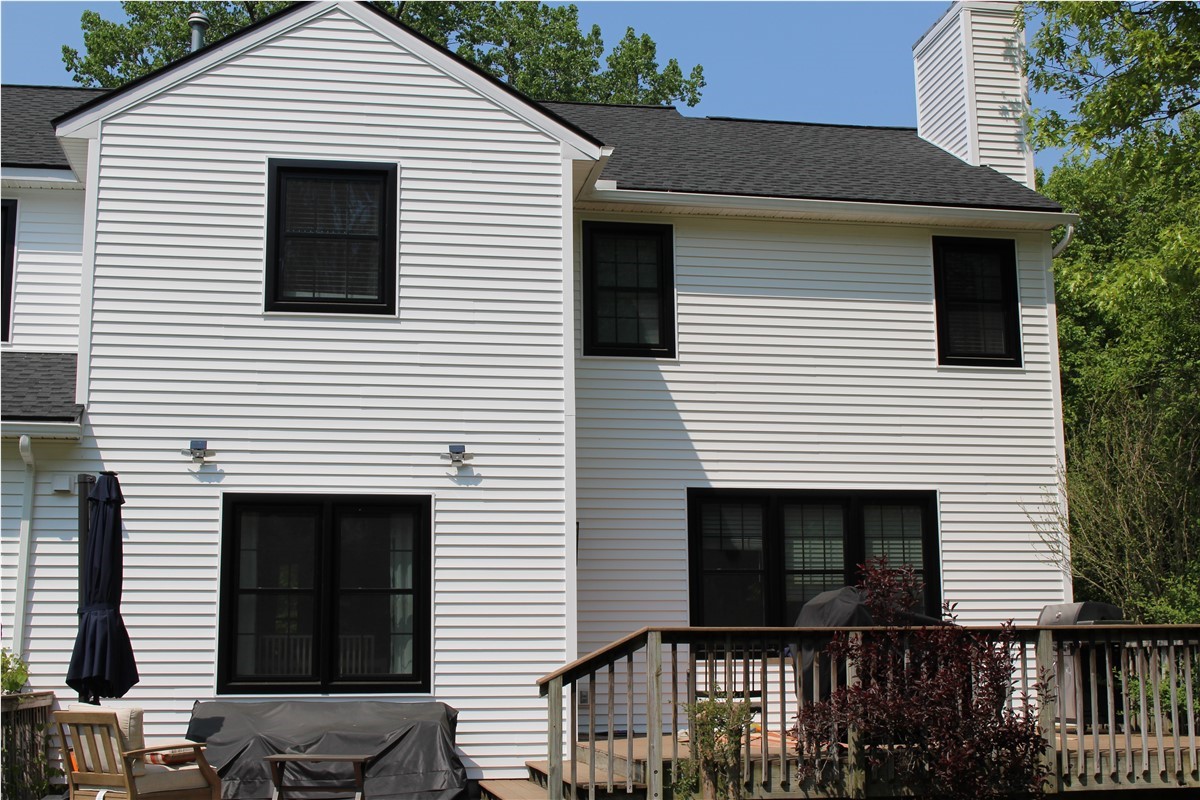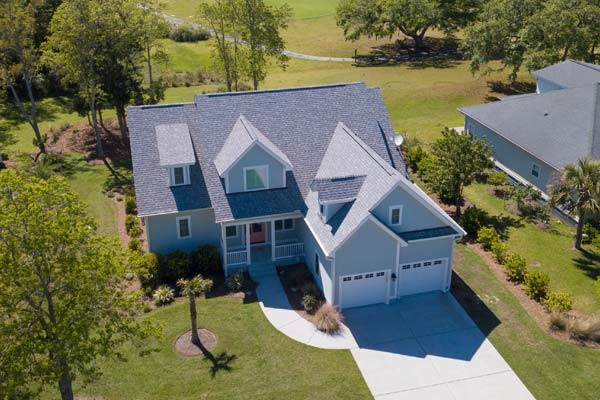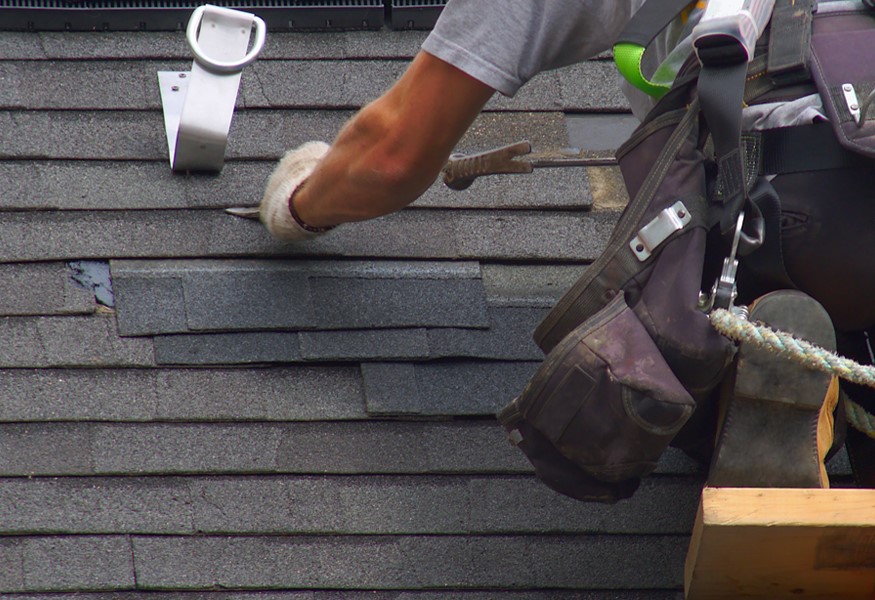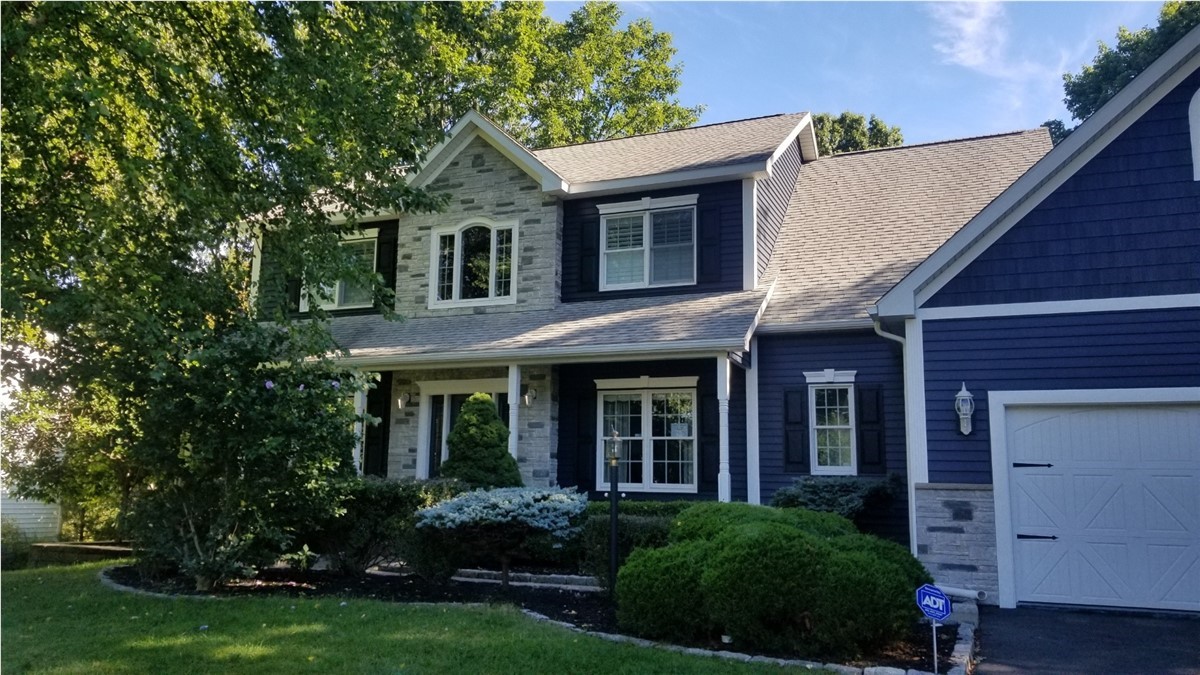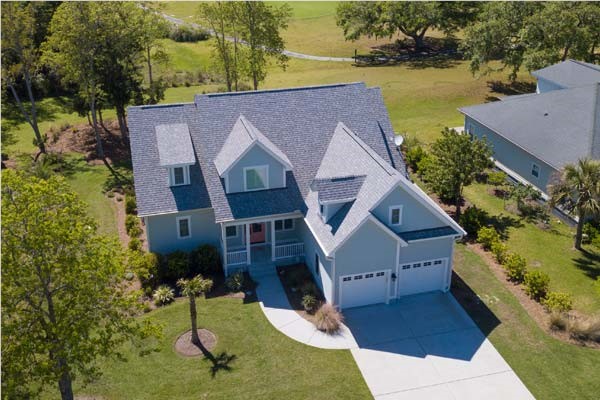Are you wondering if the time has come to replace your Syracuse windows? Between the cold, snowy winters and sweltering, rain-soaked summers we see in our area, it is essential that you have safe, durable windows to protect you from the elements.
Read MoreThe exteriors doors around your home are responsible for many different home functions.
Read MoreAs a homeowner, facing roofing issues is often an overwhelming experience. It's challenging to decide whether a roof repair or a full roof replacement is needed for your home. While a roof repair may seem easier and cheaper, it only delays the inevitable replacement.
Read MoreQualified Remodeler, a leading national publication serving remodelers and home improvement companies in the U.S. has ranked Comfort Windows & Doors as #35 nationwide (#1 in Upstate New York) on its 47th annual Top 500 remodelers of 2025 list.
Read MoreIf you are considering getting a new roof for your home, you might be deciding which roofing material to use for your roof replacement. Metal roofing is a popular option.
Read MoreAs a homeowner, a roof replacement is one of the biggest investments you'll make. It’s tempting to put it off, hoping to squeeze another year or two out of your current shingles. But this common delay tactic often leads to a much higher final bill. So, how do you know when to replace your roof?
Read MoreYour roof protects your Syracuse home against all kinds of elemental damage throughout the year, from ice in the winter to intense sunshine in the summer, and everything in between.
Read MoreInstalling new siding and roofing are ways to add value, curb appeal, and protection to your home—and there are benefits to completing both of these projects together.
Read MoreWhen spring arrives, it's a good time to assess the condition of your home's roofing system. Harsh winter conditions can damage your property and cause other potential problems. If you haven't scheduled a spring roof inspection, you may be curious if it's something you should do for your home.
Read MoreWhy It Matters... In the expansive realm of home improvement, where trust and quality reign supreme, we take great pride in receiving accolades for excellence, which stand as a resounding testament to our unwavering commitment to our customers.
Read MoreSubscribe to the Comfort Windows & Doors Blog
